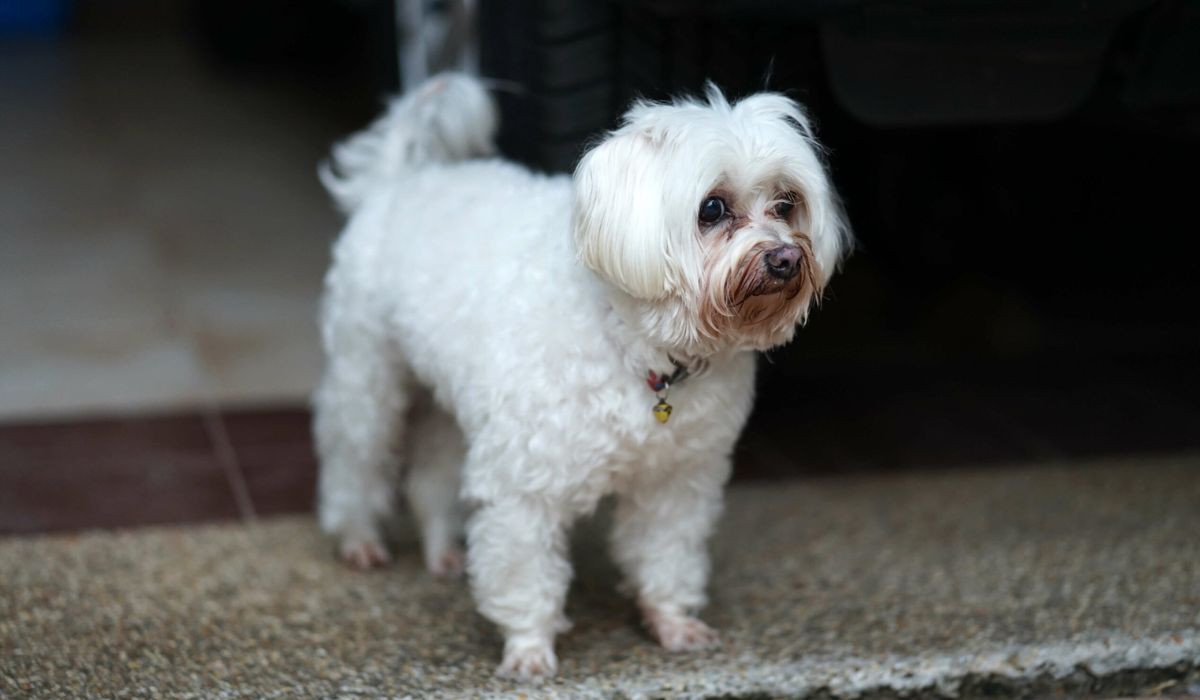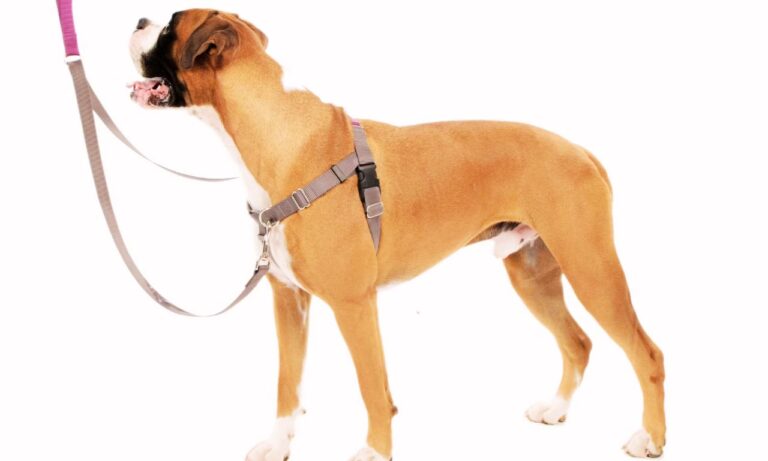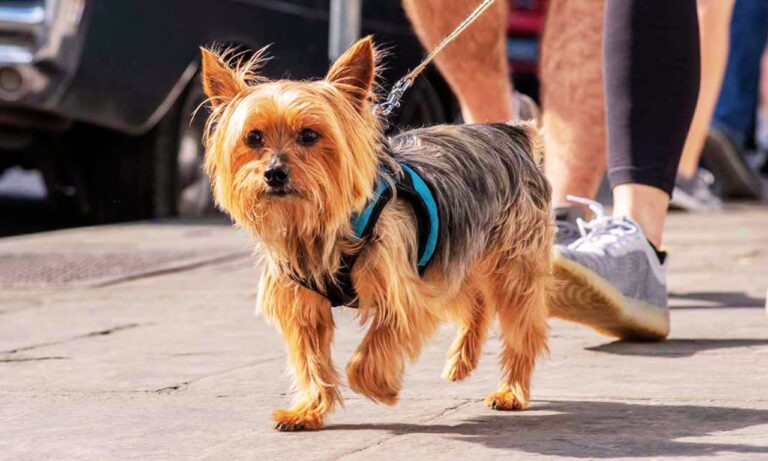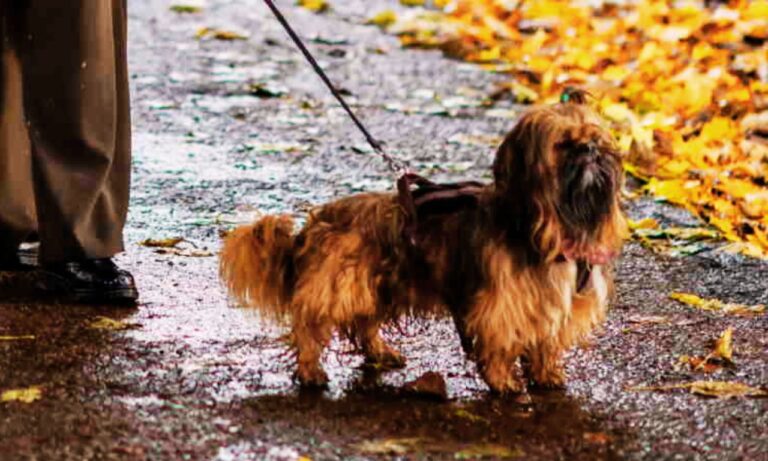Many people ask, how to remove saliva stains from white dog fur? If you have a white-furred canine companion, you know how challenging it can be to maintain their pristine coat. Whether dealing with dog tear stains, saliva marks, or dirt from outdoor play, those stubborn brown stains on white fur can be tough to remove. But don’t worry—this guide will help you keep your puppy’s coat looking bright and clean.
Explore the best shock collar for large dogs with thick fur to ensure effective training with maximum comfort for your furry companion.
Blog Highlights
ToggleCommon Causes of Brown Stains on White Dog Fur
Understanding the root cause of the stains on your dog’s fur is the first step to effectively removing them. Here are the most common culprits:
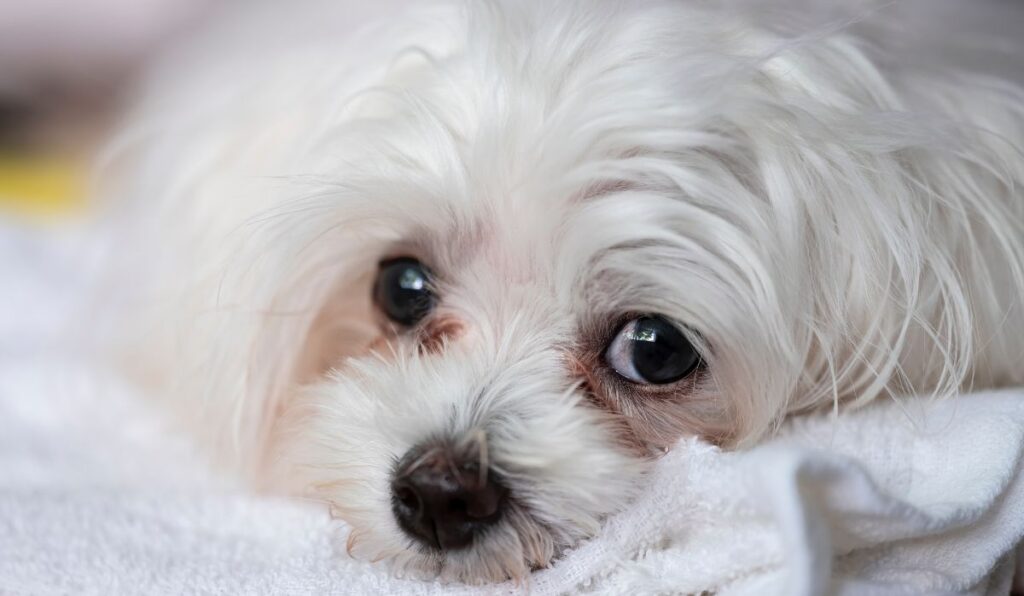
- Tear Staining: This is one of the most prevalent causes of brown stains on white dogs, especially in breeds with prominent eyes like Maltese, Poodles, and Shih Tzus. Tear staining occurs when tears overflow and run down the fur, oxidizing due to the presence of porphyrin—a compound found in tears, saliva, and other bodily fluids—leading to reddish-brown discoloration.
- Saliva and Food Stains: Dogs, particularly those with long fur around their mouths, often accumulate saliva as they eat and drink. Food residue can also stick to the fur, creating unsightly stains that are more noticeable on white coats.
- Dirt and Outdoor Elements: Dogs that spend a lot of time outdoors are more likely to pick up dirt, mud, and other substances that can stain their fur. White fur, being more susceptible, tends to show these environmental stains more prominently.
- Urine Stains: Urine can easily stain a dog’s fur, especially if it comes into contact with the belly or hind legs. These stains are more visible on white fur.
- Medical Conditions: Sometimes, persistent staining can be a sign of an underlying health issue, such as yeast or bacterial infections. If your dog’s stains persist despite regular cleaning, it’s essential to consult your vet.
Safe Cleaning Agents for White Dog Fur
Before diving into the cleaning process, it’s important to choose the right cleaning agents. Opt for products specifically designed for dogs, as human products may contain harmful chemicals. Here are a few safe options:

- Dog-Specific Shampoos: Choose a mild, tearless shampoo formulated for dogs, especially one designed for whitening or brightening fur.
- Natural Solutions: Vinegar and water mixtures or baking soda can be effective and safe alternatives to chemical cleaners.
- Tear Stain Removers: These are specially formulated to address tear stains and are generally safe for regular use. Wondering if collars can harm your dog’s coat? Find out can a dog collar cause hair loss and how to prevent it.
How to Remove Saliva Stains from White Fur | Step-by-Step Guide
In this comprehensive guide, I’ll explore the effective methods to remove them without harming your furry friend. Here’s how to remove saliva stains from white dog fur:

Step 1. Identify the Stain Type
Take a close look at the stain to determine its origin. Is it from saliva, tears, dirt, or something else? Identifying the cause helps you choose the most effective cleaning product.
Make sure your dog is calm and comfortable before starting the cleaning process. You might need to secure your dog in a relaxed position using gentle restraint or positive reinforcement like treats.
Step 2. Select a Suitable Cleaning Agent
Choose a cleaning product based on the stain type. Whether it’s a dog-specific shampoo, a natural solution like diluted vinegar, or a tear stain remover, ensure it’s safe for your dog’s skin.
Moisten the stained area with lukewarm water using a clean, soft cloth or cotton ball. Avoid soaking the fur excessively.
Step 3. Apply the Cleaning Agent
Gently apply the selected cleaning product to the stained area. Follow the instructions on the product’s label, or if using a homemade solution, ensure even and gentle application. Take care around the eyes and sensitive areas.
Use your fingertips to gently massage the cleaning agent into the stained fur. Be careful to avoid causing any discomfort to your dog. The gentle massaging action helps loosen the stain for more effective cleaning.
Step 4. Leave the Cleaner On
Allow the cleaner to sit on the fur for the recommended amount of time, giving it a chance to break down the stain. Avoid leaving it on for too long to prevent skin irritation.
Rinse the stained area thoroughly with lukewarm water to remove all traces of the cleaning product. Ensuring no residue remains is essential to prevent skin irritation.
Step 5. Dry Your Dog
Gently blot the wet fur with a clean towel to remove excess moisture. If your dog is comfortable with it, use a hairdryer on a low, cool setting to speed up the drying process.
Once the fur is completely dry, use a soft brush to smooth out your dog’s coat and remove any remaining loose fur. This will help your dog look neat and polished.
Note: Monitor your dog for any signs of discomfort or irritation during and after the cleaning process. If irritation occurs, consult your vet for advice on safer cleaning products and to rule out underlying health issues.
Curious about what does a red collar on a dog mean? Uncover the significance behind this common dog accessory.
How to Prevent Future Stains?
Prevention is always better than cure. Here are some tips to help prevent future stains on your dog’s white fur:

- Regular Brushing: Brush your dog’s fur regularly to remove loose hair and prevent tangles. This helps reduce the risk of dirt and saliva accumulating on the coat.
- Clean the Eye Area: For dogs prone to tear stains, clean the area around the eyes regularly with a damp cloth or special tear stain wipes.
- Wipe After Meals: After your dog eats or drinks, wipe their mouth with a clean cloth to prevent saliva and food from staining the fur.
- Regular Bathing: Bathe your dog regularly using a gentle, whitening shampoo. This keeps the fur clean and reduces the buildup of stains.
- Healthy Diet and Hydration: Ensure your dog has a balanced diet and access to plenty of fresh water. Proper nutrition supports a healthy coat, reducing the likelihood of staining.
- Veterinary Check-ups: Schedule regular vet visits to catch any health issues early that might contribute to staining.
- Limit Sun Exposure: Excessive exposure to sunlight can affect the color of your dog’s fur. Keep your dog indoors during peak sunlight hours, if possible.
- Keep Living Areas Clean: Regularly wash your dog’s bedding and clean their living areas to reduce exposure to dirt and other potential stains.
Are you wondering are barking collars effective? Here’s everything you need to know about their efficacy.
How to Deal with Specific Stains?
Certain types of stains, like berry or urine stains, may require special attention. Here’s how to handle some of the most common stains:

1. Removing Berry Stains
If your dog’s fur is stained by berries, start by blotting the stain with a damp cloth. Next, apply a mixture of one part white vinegar and two parts water to the area using a cloth or brush. Let it sit for a few minutes, then rinse with clean water and blot dry.
If the stain persists, you might need to use a mild bleach solution (one part bleach to ten parts water). Be extremely cautious when using bleach, as it can be harmful to your dog’s skin and even lethal if ingested. Test the solution on a small area first and consider using a cone around your dog’s neck to prevent licking.
2. Removing Urine Stains
For urine stains, an enzymatic cleaner designed for pet stains is your best bet. These cleaners break down the proteins in urine, effectively removing the stain and odor. Follow the product instructions carefully, as misuse can cause irritation.
3. Removing Grass Stains
Grass stains can be stubborn. If the vinegar solution doesn’t work, try a mixture of Dawn dish soap and hydrogen peroxide. Experts recommend mixing one quart of 3% hydrogen peroxide with a quarter cup of baking soda and a teaspoon of dish soap. Test this solution on a small area first, then apply it to the stain and let it sit for 30 minutes before rinsing.
4. Removing Oil Stains
Oil stains are particularly tough. If possible, take your dog to a professional groomer or vet immediately. They have the necessary tools and products to handle the situation. If professional help isn’t an option, use Dawn dish soap or shampoo for oily hair, applying it only to the stained area and rinsing thoroughly after a few minutes.
Discover the best e-collar for large dogs to keep your big pup safe and well-behaved.
Final Words:
Maintaining the bright, clean appearance of your white dog’s fur might seem like a challenging task, but with the right knowledge and tools, it’s entirely manageable. By understanding the common causes of stains and following the step-by-step cleaning methods outlined in this guide, you can effectively tackle even the most stubborn marks on your dog’s coat.
Remember, prevention is key—regular grooming, proper diet, and keeping your dog’s environment clean can go a long way in preventing stains from developing in the first place. Hope so, now you know how to remove saliva stains from white dog fur.

